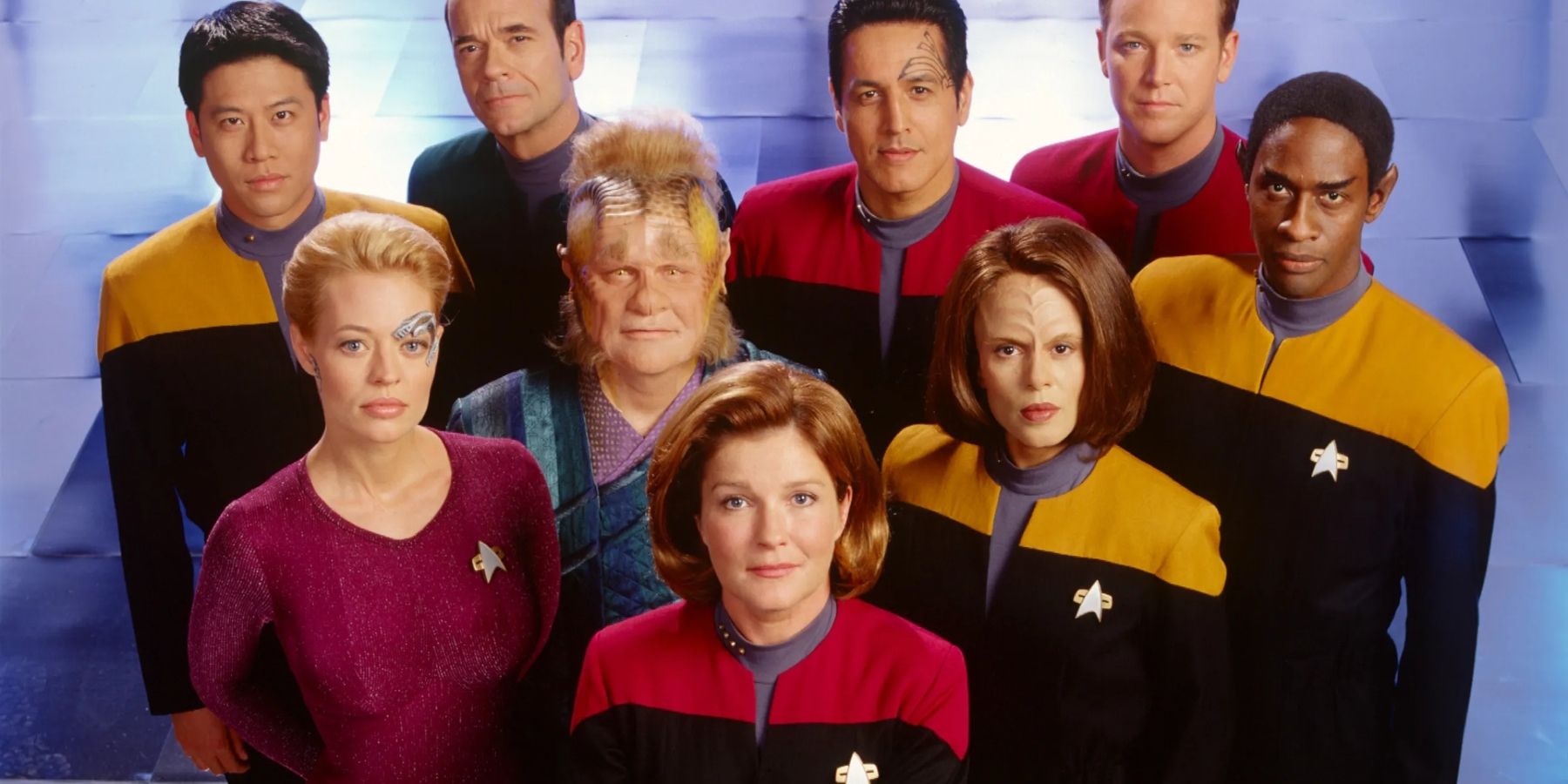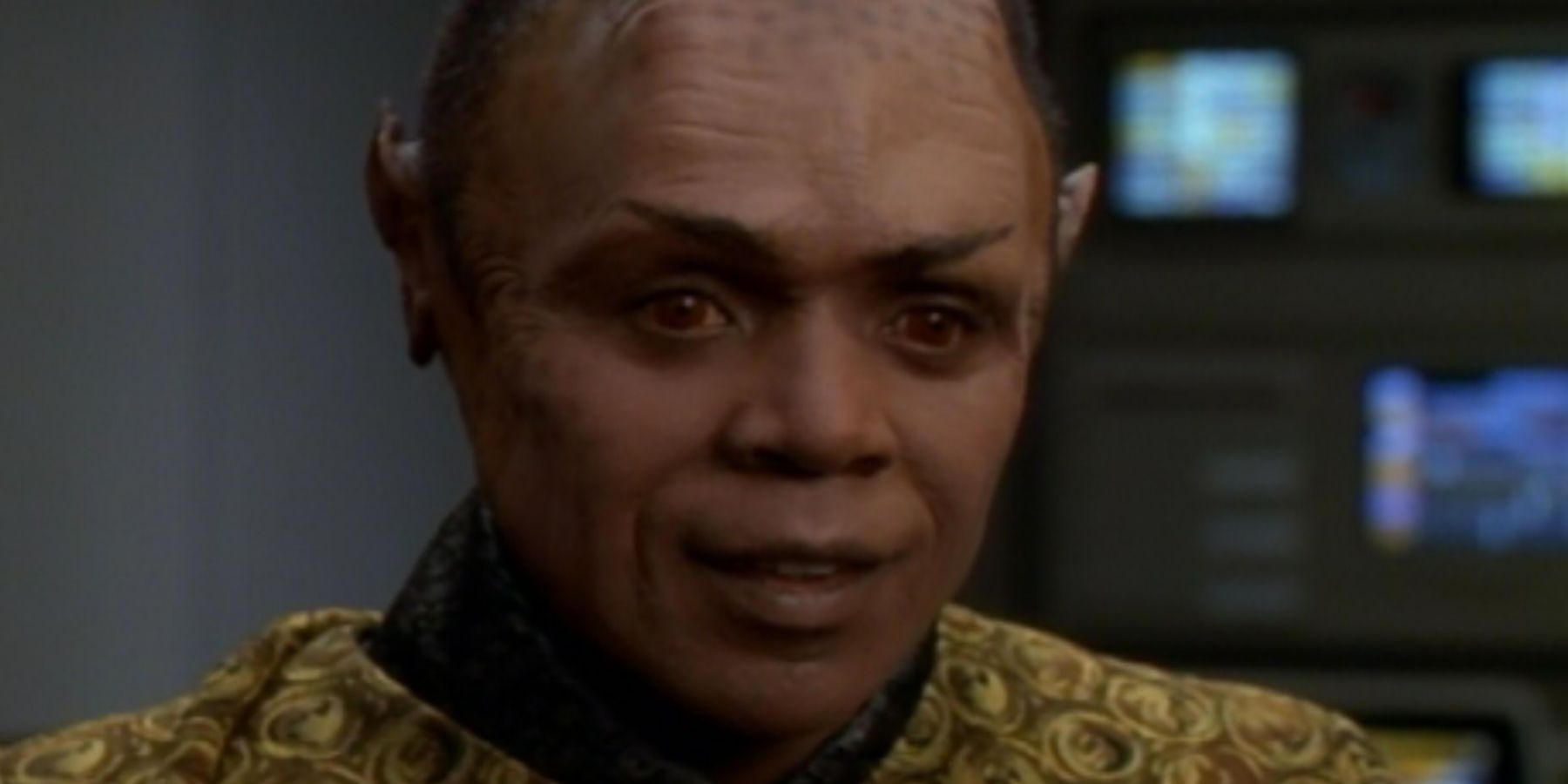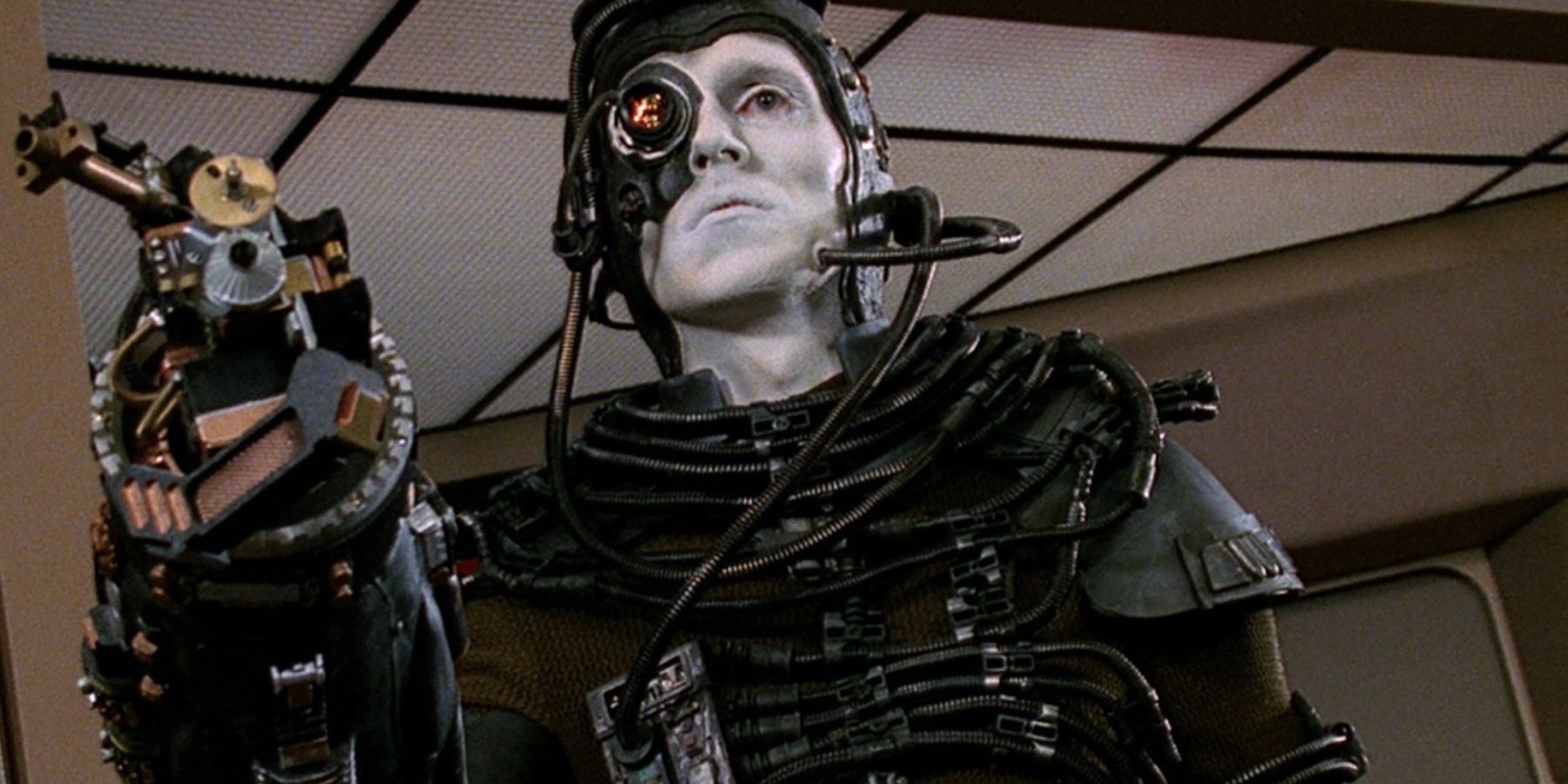Ever since the mid-1960s when Star Trek made its grand entrance to TV, there have been over 800 episodes spread over 41 (and counting!) seasons across the franchise. These range from the groundbreakingly diverse Original Series to iconic The Next Generation, and they keep coming, with new iterations of Discovery and the upcoming Strange New Worlds. Each iteration into the universe follows a different story, each of which delves into a unique storyline, or a new unexplored era in its history. While it’s fair to say each series has its own merits, there is one outlier that seems to irk fans most of all: Voyager.
Voyager, on paper, seems to tick all the boxes for a unique and engaging addition to the franchise. The show follows the adventures of Captain Katheryn Janeway (a surprising candidate for fictional war criminal of the year) and her crew as they desperately try and return home, after getting themselves transported 70,000 lightyears away from Federation space. The universe up until this point had seemed fairly small and easily traversible, with Picard and Kirk’s adventures focusing on issues closer to home, never worrying about venturing too far. Voyager, however, is an estimated 70 years away from home, and that’s excusing the excessive amount of deviation along the way.
The Lack Of Lasting Effects
Despite this largely different overarching story of the show, the irony was that the majority of the episodes felt incredibly episodic, each maintaining a microcosm story that felt very self-contained. The show would introduce various problems and aliens in each episode, each with interesting plots and characteristics, but they started to feel like throwaways after a point, simply a short stopping point for the crew as they passed. The problems and aliens only appearing during a single episode was problem enough for fans, but what made it worse was that there were very few consequences for actions taken within each self-contained episode.
One of the biggest examples of this was perhaps the Tuvix episode, in which Tuvok and Neelix succumbed to a transporter issue that merged them together, creating a whole new lifeform named Tuvix. The episode revolves around the conflicting grief of Tuvok and Neelix’s nearest and dearest, and the moral complications of wanting to end a life to save two. Tuvix was alive and had his own unique consciousness, and did not want to die. Despite this, Janeway basically drags him to his death, and out pop Tuvok and Neelix.
Putting aside the problematic ethics of this episode, what troubled fans more was that after this episode, the incident was never discussed again. There seemed to not only be no repercussions for Janeway's actions, but there was no sense of grief or trauma from Neelix, Tuvok, or those close to them. This put the show at direct odds with Deep Space 9, a series that overlapped with Voyager and showed a very different side of Star Trek. Captain Sisko, commander of the Deep Space 9 space station, was all about burdened trauma and carrying the consequences of his morally ambiguous yet necessary actions. He was a broken man who suffered as a result of things he had done, making him an incredibly relatable and complex character. This contrast only highlighted how surface level and disappointing Janeway was.
Lackluster Antagonists
Another issue fans have with the series centers around the Borg, and how Voyager single-handedly ruined them. Up until Voyager, the Borg were a terrifying force, and were seen as the biggest threat to the Federation. Their near-unstoppable power was seen multiple times to be the demise of many a Starfleet captain, and had systematically wiped out thousands of planets worth of life. If it were not for the ironic help of Q, interdimensional pain in the bum, the Federation would have easily succumbed to their invasion, but with the year's worth of preparation, they were able to gain they only just managed to defeat them.
Then comes Janeway and her journey home, which takes the crew deep through Borg space. It is a terrifying thought, but it awkwardly left the writers in a sticky situation where they realized they were going to have to write multiple episodes where the crew encounters the Borg, and that their ship, which was not designed for combat, would have to somehow survive the experience. What the creators did to resolve this was majorly nerf the Borg, making them less of a threat. Consequently, multiple episodes showed these threatening cyborgs being defeated or outsmarted by just one unequipped starship. After a season of this, the Borg were just little hurdles along the way, undoing the years of villainous levels of their character The Next Generation provided.
The Danger Doesn't Feel Authentic
One last glaring problem people have with the series is that the crew is on this near-impossible mission, traversing lightyears of perilous unexplored space — and at the end of it all, each and every main character survives. While this is perhaps not too dissimilar to other additions to the franchise, there are at least main character deaths that happen along their journey. The Next Generation shows the death of Lieutenant Yar, Deep Space 9 had the heart-wrenching death of Jadzia Dax (granted, this is a slightly unusual case due to her trill symbiont nature).
Voyager, on the other hand, arguably faced more perilous odds, yet the ship and the bridge crew survive like they were playing a video game on easy mode. Voyager had the potential to really explore new and exciting things, but ended up disappointing fans, who felt the series was really just a copy of Next Generation with its starship-based space adventures, just with the facade of a fairly simplistic “getting home” story arc and new faces.



